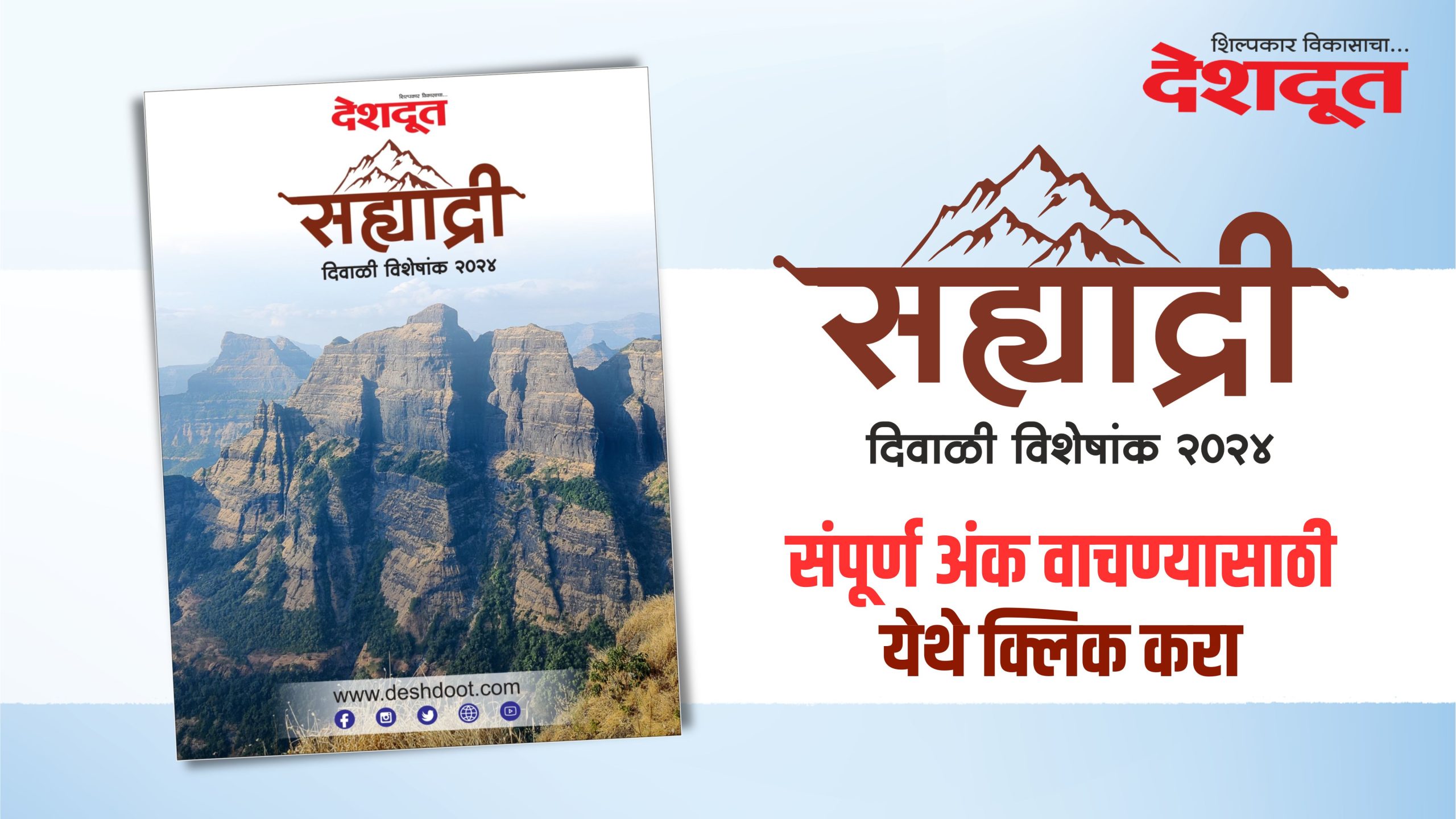: Pratiksha Kothule, Nature Conservation Society Nashik
The Big Butterfly Month is a celebration of butterflies aimed at conducting a nationwide citizen science survey to help us assess the health of our environment.
A first of its kind event to be launched today, 5th September 2020 to and will run through the whole month.
More than 50 organizations from across the nation covering 22 states and 2 Union Territories. The count will run from 14th to 20th September, with various competitions, talks, quizzes and webinars organised as part of outreach to students and the public at large running for the whole month.
Counting butterflies is extremely important not just because we love them and they are beautiful creatures but due to the intricate role they play in the ecosystem as components of the food chain as well as being pollinators.
Butterflies are under severe threat, like all wildlife around us there numbers have also sharply declined and these signs can no longer be ignored. Butterflies are also key biodiversity indicators for scientists as they are very sensitive to changes in the environment.
This is where the project comes in, tracking these numbers is crucial in our fight to conserve our natural world and life on it. This makes taking part in this massive scientist science initiative of great importance and we must thank you for taking the time to help!
We depend on our citizen scientists who are willing to record the butterflies they see around them and upload them on Butterflies of India, Indian Biodiversity Portal and iNaturalist.
The data from this and other counts will also help us to identify important trends in species that will assist us in planning how to protect butterflies from extinction, as well as understanding the effect of climate change on wildlife.
Nashik is a biodiversity hotspot with the Western Ghats on the west and Deccan Plateau on the east. Western Ghats is one of the 35 biodiversity hotspots of the world.
As it is impractical to monitor each and every flora and fauna, butterflies are an excellent choice to study indicator species of a good ecosystem. They are common almost everywhere, attractive and easy to observe.
Many species, both common and rare, can be reliably identified, without killing the individuals, with the help of available field guides. As many species are strictly seasonal and prefer only particular set of habitats, they are good indicators of habitat quality.
Butterflies and their caterpillars are dependent on specific host plants for foliage, nectar and pollen as their food. Thus, butterfly diversity indirectly reflects overall plant diversity, especially that of herbs and shrubs, in the given area. Change in land use pattern leads to landscape changes that can reflect change in butterfly diversity and distribution.
A butterfly is a mainly day flying insect of the order Lepidoptera. Butterflies have large, often bright colored wings, and conspicuous, fluttering flight like other insects. Their wings allow them to fly but only when their body temperature is above 86 degree. The fastest butterfly can fly up to 30miles per hour.
The butterfly’s life cycle consist of four parts, egg, larva, pupa and adult. Some butterflies are active only during day time but most of them are diurnal. They are cold blooded like reptiles. They need to get their body heat from sun; this process is known as Basking.
Butterflies exhibit polymorphism (Is an appearance of morphs, differing in color and number of attributes within a single species), mimicry (Copy like other species), aposematism (Term used to describe colors and patterns that act as warning to predators that potential prey species is toxic or dangerous) over a long distance.
Some butterflies have evolved symbiotic and parasitic relationship with social insects such as, ants. Some species of butterflies are agents of pollination of some plants and caterpillars of few butterflies eat harmful insects. Some butterflies migrate; they fly one part of the world to another, because due to cold weather, changes in environment, lack of food, overcrowding.
In a study conducted by Pratiksha Kothule and Anugraha Chandekar (M.Sc. students of Garware College) in the Dindori area, they have recorded more than 60 different varieties of butterflies in a year’s time. They studied the seasonal variation and habitat wise distribution of butterflies in forest, grassland and farmland. During the study they found out that butterflies are active during morning from 7-11 am.
They can be see doing different activities like sun basking, mud puddling, taking nectar etc. Butterflies are seen round the year however September and October are the best months to witness them in huge numbers. The best time of the year for watching butterflies is just after the rains. During this season, a host of plants grow abundantly all over vacant lots. This is the time when butterfly activity is at its peak.
As there are plenty of food plants for the caterpillars to feed on, egg-laying too is at its apex. The highlights of the survey were, all the six different varieties of Pansy-Yellow Pansy, Lemon Pansy, Grey Pansy, Peacock Pansy, Chocolate Pansy and Blue Pansy, apart from them they recorded Plain Tiger, Danaid Eggfly, Glossy Tiger, Common Emigrant, Common Leopard, Plum Judy, Common Jezebel etc. Pea Blue which is supposed to be the only migrating Lycaenidae was recorded in October.
Butterflies are found everywhere, one can easily see Blue Mormon, the state butterfly of Maharashtra wandering around city gardens. Butterflies are easily seen around us especially on flowering plants.
Butterfly life cycle is very interesting, adult butterflies lay eggs on host plant leaves, the caterpillars hatch out the egg and feeds for weeks on the host plant leaves and hibernate in the pupa form and the adult butterfly appears from the pupa and the cycle continues. Every butterfly has a unique host plant. Curry leaf plant is a host plant of Common Mormon butterfly.
Places to see Butterflies :
Grasslands adjoining water bodies
Forests of Trimbak, Dindori, Peth
City Gardens
Agricultural lands
Nature Conservation Society of Nashik is one of the association partner of Big Butterfly Month. The society has planned various activities like webinars, butterfly walks, and butterfly count contests.
To be a part of the event one can follow the announcements on their social media pages and can also write to them on [email protected].






